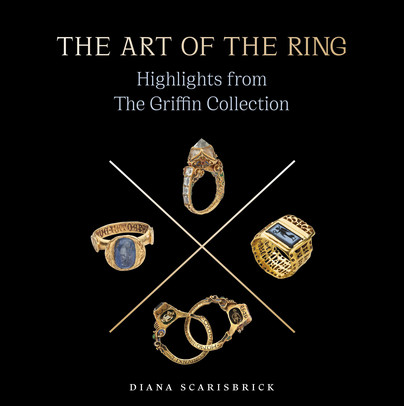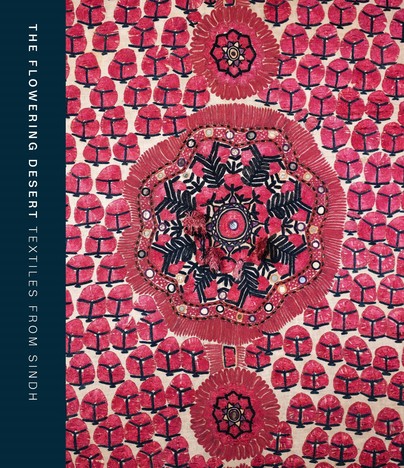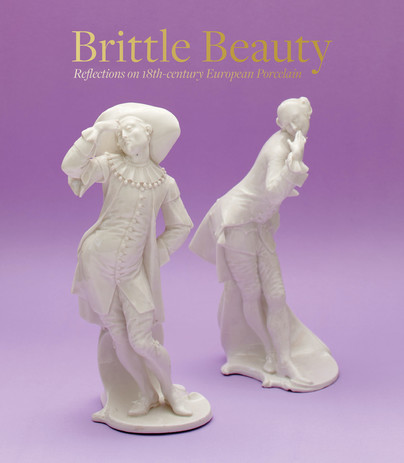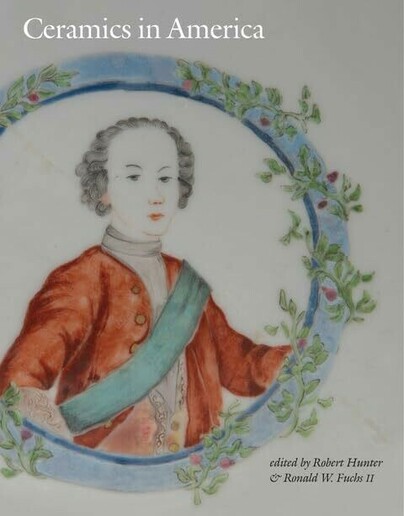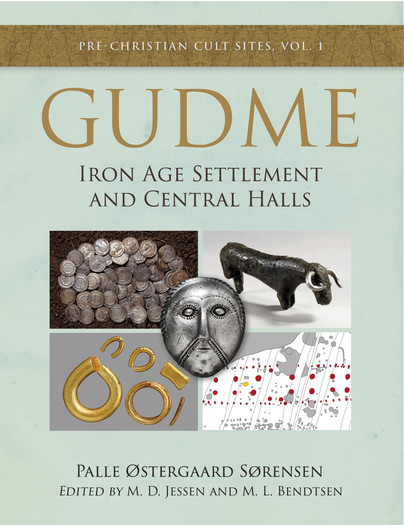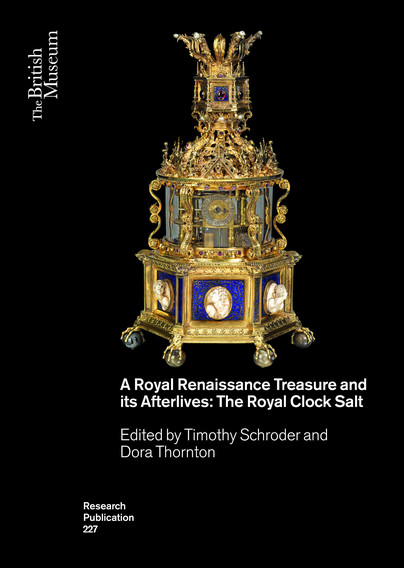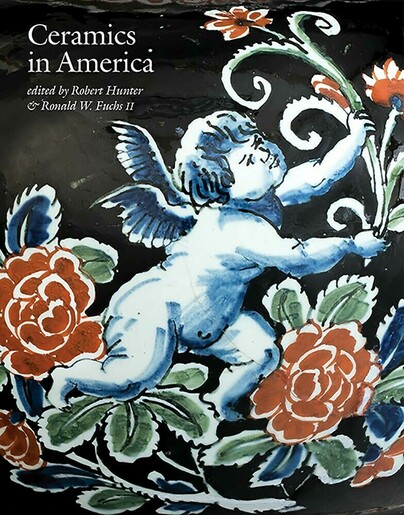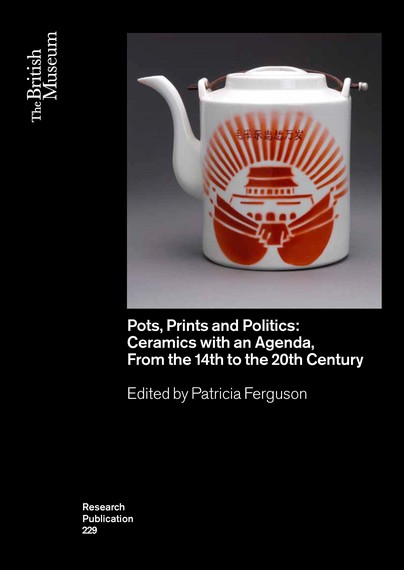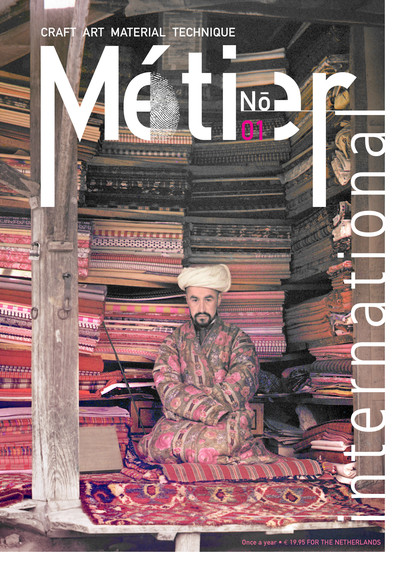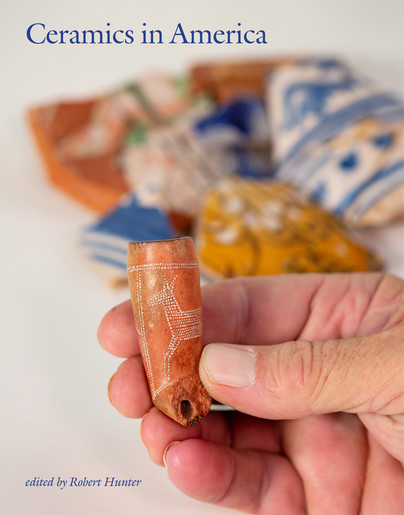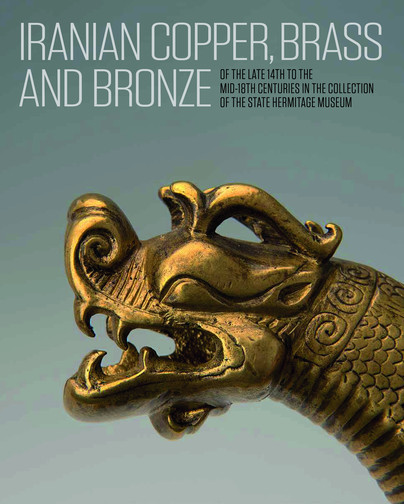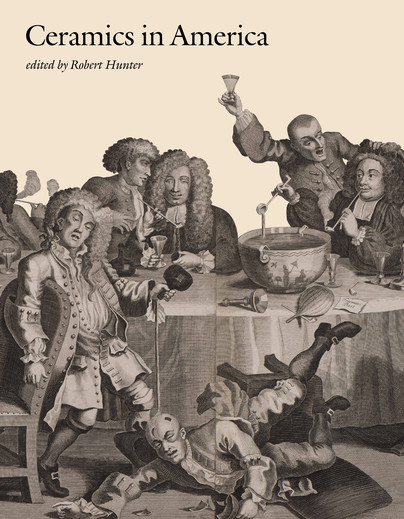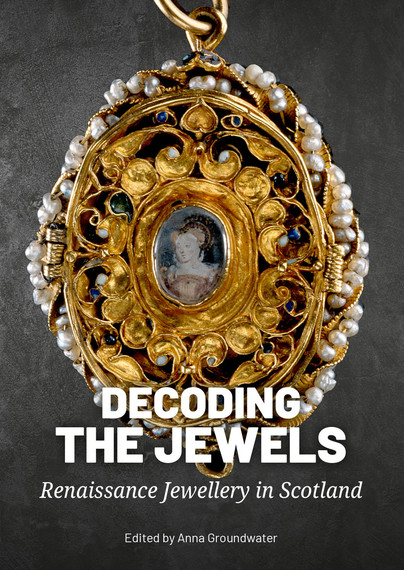
Format: Paperback
Pages: 200
ISBN: 9789464262575
Pub Date: 15 May 2024
Imprint: Sidestone Press
Illustrations: 104fc / 3bw
Description:
For the first time, National Museums Scotland’s important collection of Renaissance jewellery from Scotland is considered together in this fully illustrated volume alongside significant items from the Royal Collection. The book was inspired by the acquisition by NMS of the extraordinary Fettercairn Jewel: the fine iconography of this exquisitely enamelled locket held coded messages for its sixteenth century owners, and continues to intrigue its viewers today. Renaissance jewellery like this in Scotland is particularly notable given the rare survival of such jewels from the sixteenth century.


